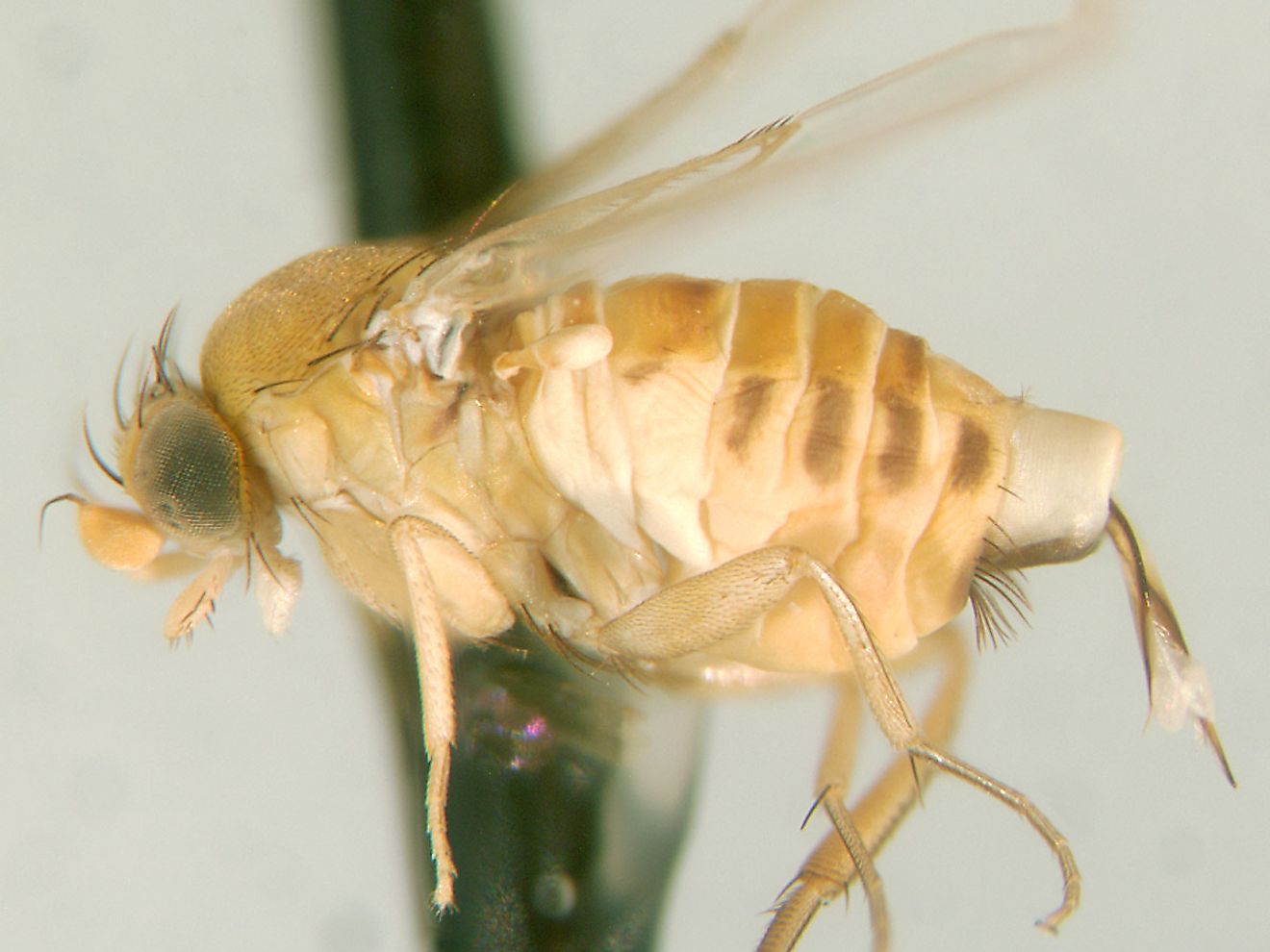Do Zombie Bees Actually Exist?

- Zombie bees are honeybees that exhibit zombie-like behaviors such as walking in circles at night
- Apocephalus borealis (parasitic fly) is responsible for the behavior in bees
- One zombie bee can carry up to 13 maggots, meaning that the parasite can multiply very fast if not controlled.
- Zombie bees have mainly been spotted in North America
Do zombies exist? Well, we have mostly seen them on televisions, especially horror movies, chasing after and biting other humans, transferring the disease to them. These mindless and dangerous creatures are often seen walking at night, sometimes in groups. It appears that zombies are not only human-like but that other animals can also be zombies too. Some years back, John Hafernik, a biologist at San Francisco State University observed a weird behavior in honeybees on the wall of his house. From his observation, the bees were active at night which should not be the case since bees cannot move without the UV rays. What baffled him even more was that the bees survived the frosty winter cold which would normally kill them. Could these have been zombie bees?
What Are Zombie Bees?
Zombie bees are bees that have been rendered insane by zombie flies (Apocephalus borealis) by laying eggs inside the bodies of the bees. The infected bees show zombie-like behaviors such as wandering away from their hives at night and blindly crawling in circles. It is the egg that the parasitic flies insert into the bodies of these honeybees that make them deranged before they die. The eggs mature inside the bees, causing a malfunction in the brains of the bees. The neurological damage causes the bees to wander out at night in search of artificial light.
The wandering at night remains a mystery. However, some sources believe that the parasitic fly manipulates the bees to move to a better place for the eggs deposited in it to mature into maggots. Other sources suggest that the bees may wander away from the hive to avoid infecting other bees. Whatever the reason, the bee eventually dies after a few days after which maggots burst from its thorax or head and eventually become adult zombie flies. A single bee can produce up to 13 maggots. The 13 maggots will mature into flies which will head to the next host to for the same mission. So, 13 new flies will mean that 13 bees will be affected which will, in a few weeks, produce a total of 169 new flies and so on.
Where Have the Zombie Bees Been Spotted?
Zombie bees have been mainly seen along the West Coast from San Francisco to Seattle and Santa Barbara. A survey carried out in the Bay Area by Hafernik revealed that 77% of the 31 hives investigated had been affected. Zombie bees have also been discovered in the Hudson Valley, Pennsylvania, South Dakota, and Vermont. Given that the parasitic fly ranges across North America, the zombie bees could be in several other places.
Should We Be Worried?
We know that honeybees are important pollinators and without them, many of the foods will be difficult to produce. Studies reveal that honeybees’ colonies have been reducing at an alarming rate in the US which is a bad sign for the food industry. However, there is no evidence to show that either the zombie fly or zombie bee has a direct effect on humans. So, if the outbreak of the parasitic fly is not contained, the situation will become severe to the point of threatening humans who depend on food for survival.











